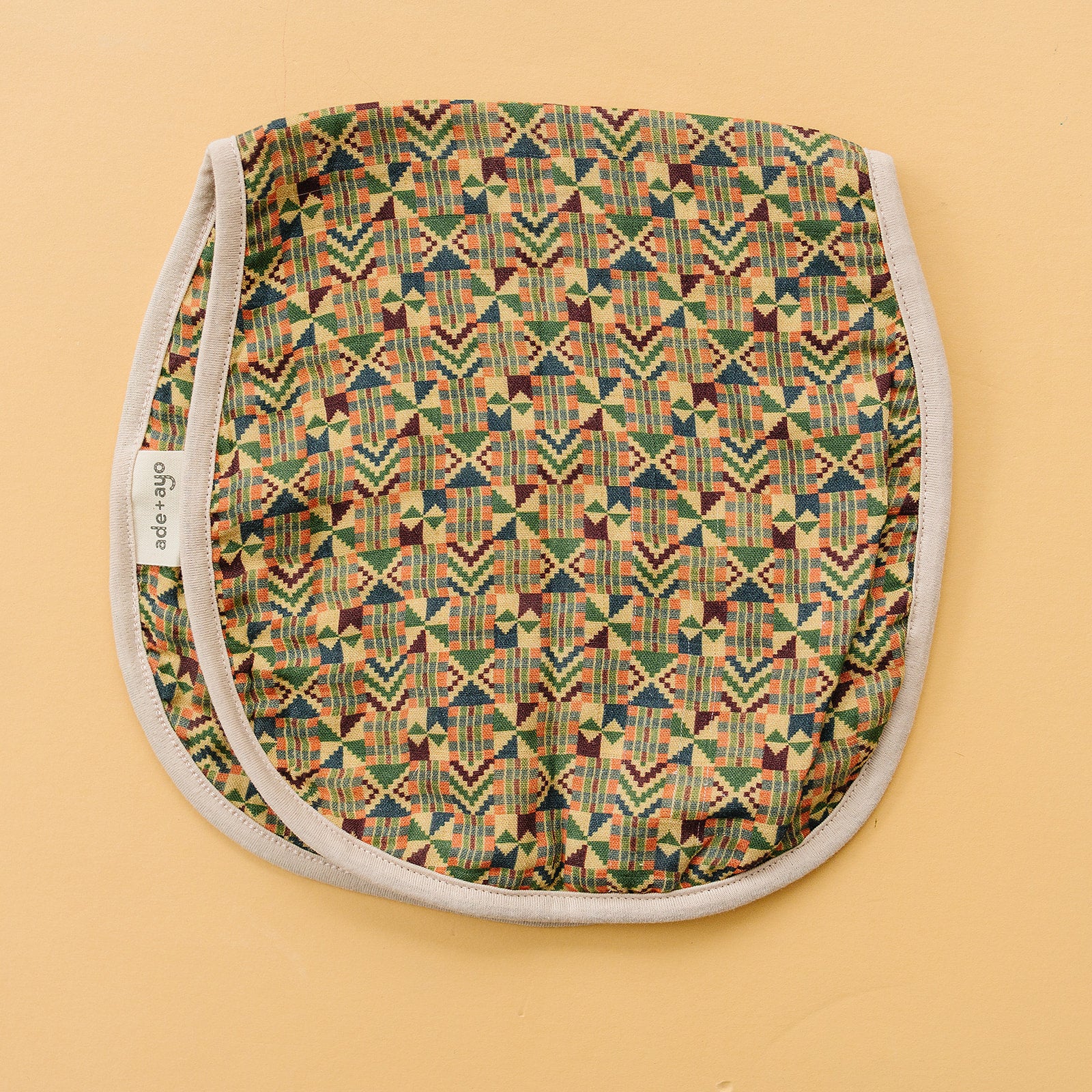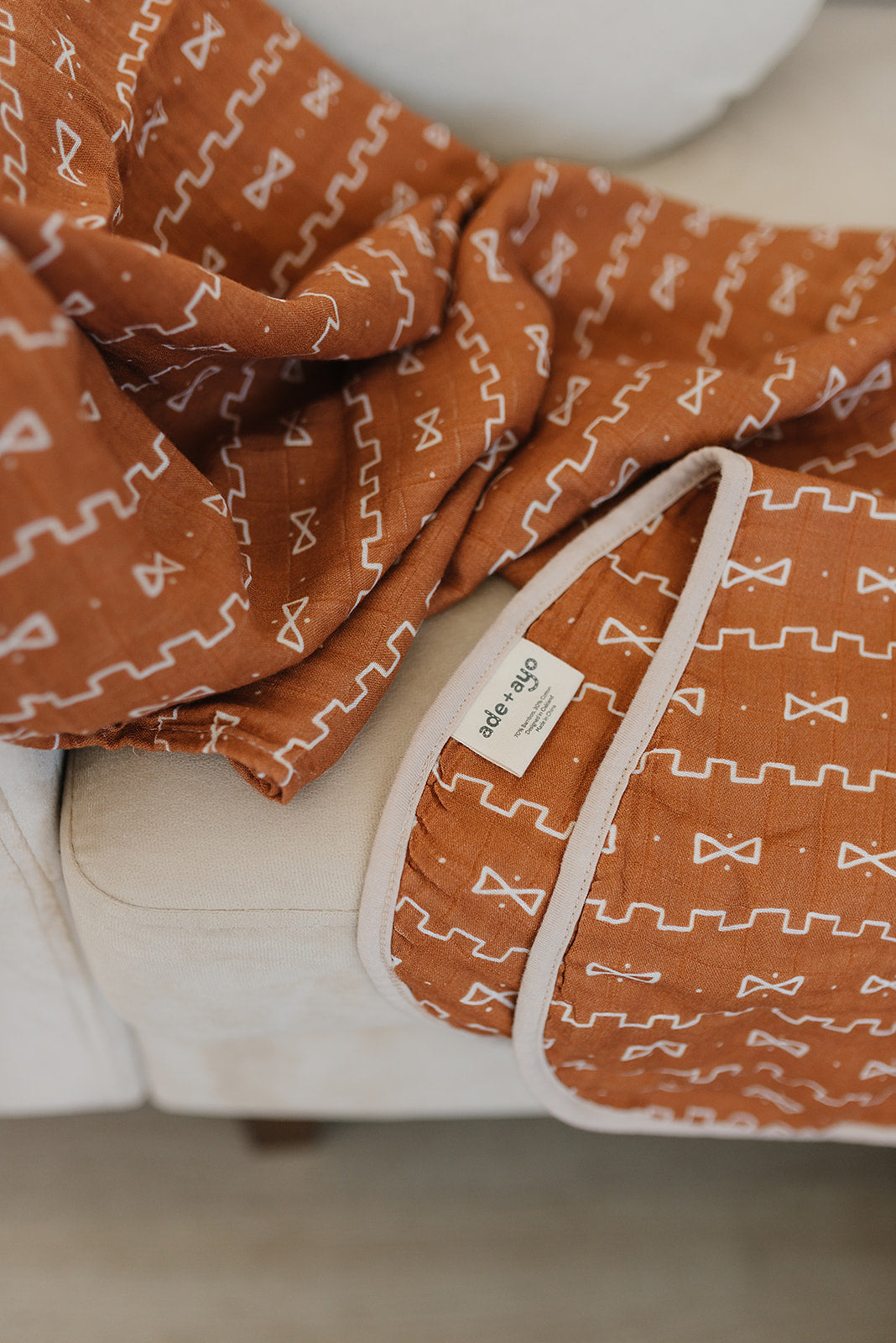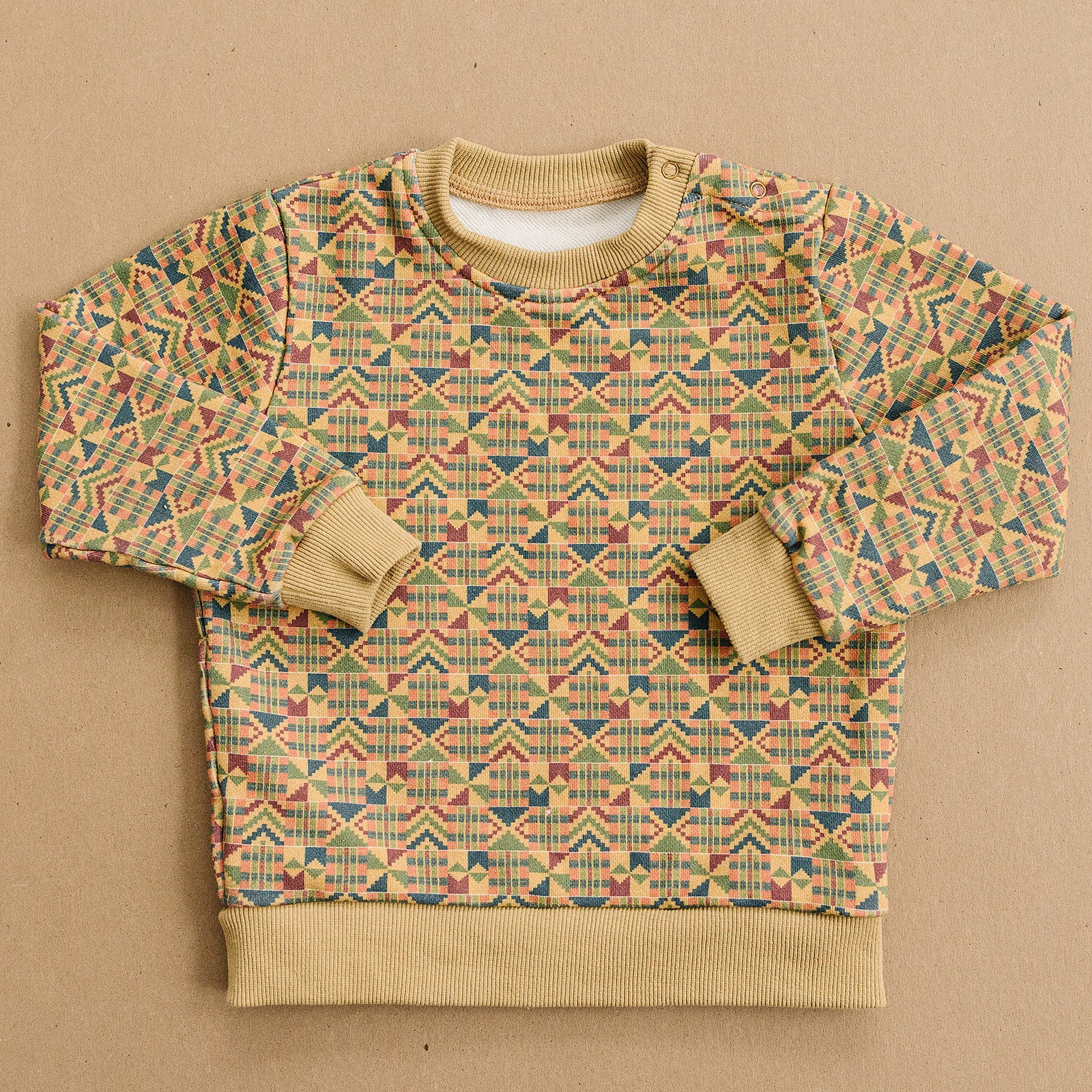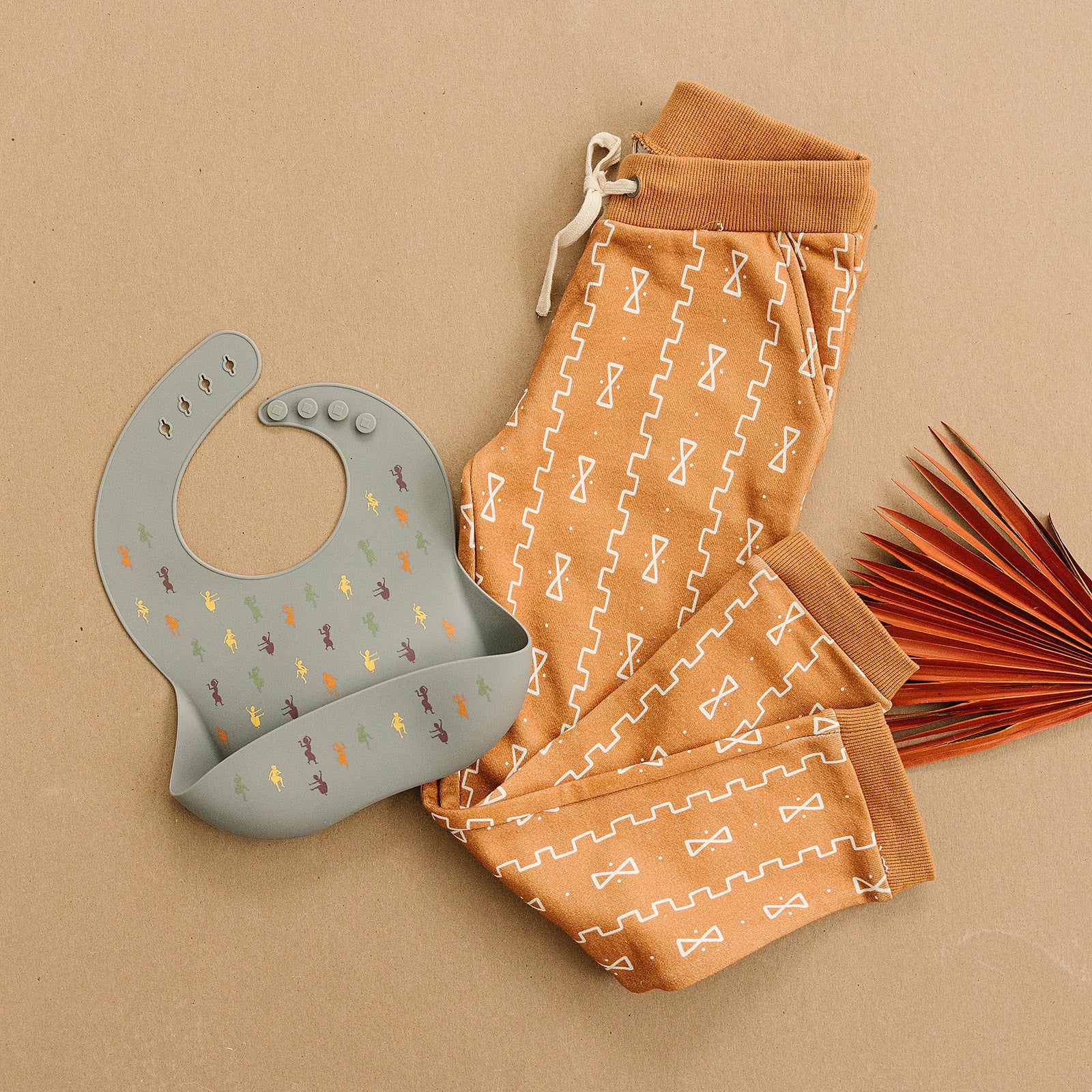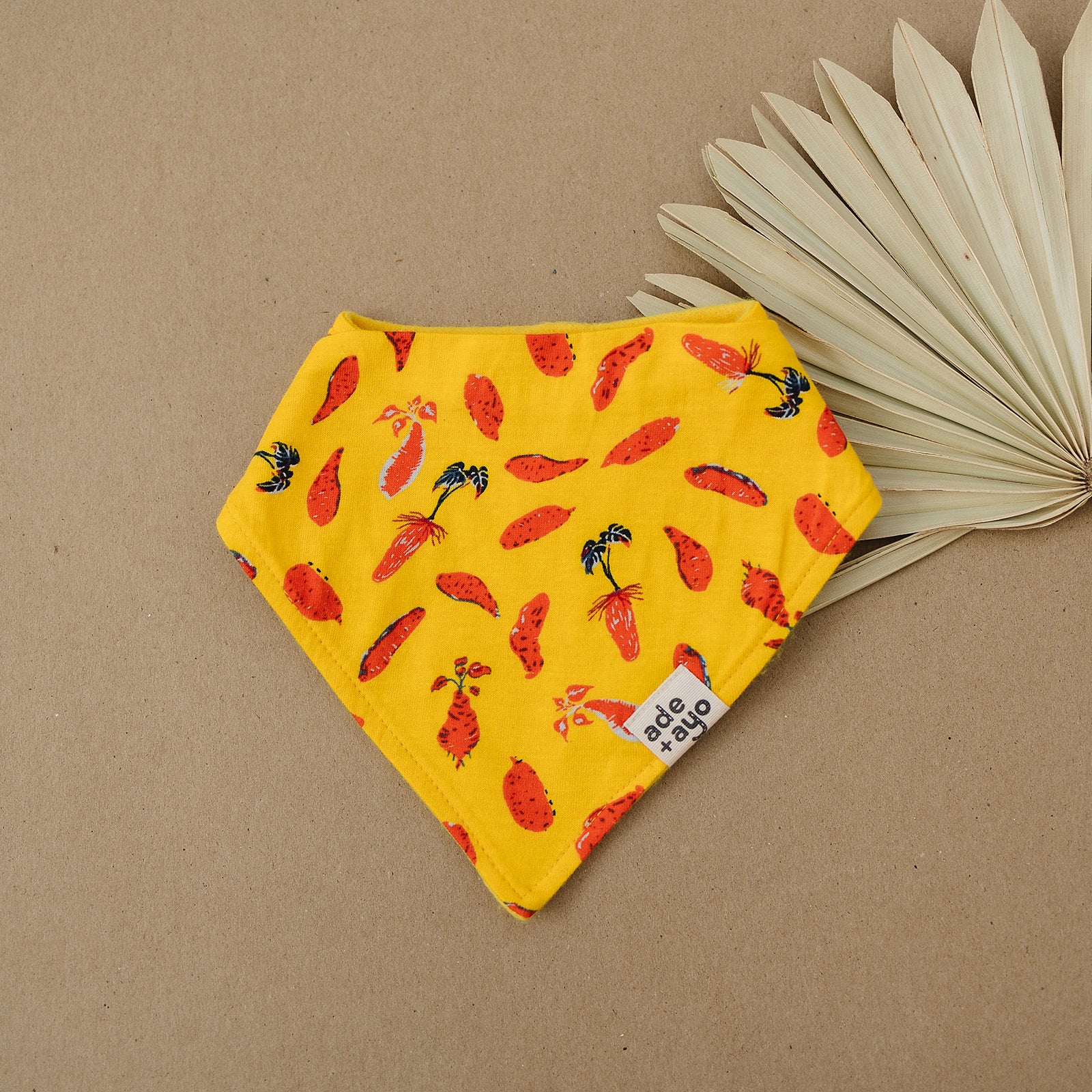The African Tradition of Baby Wearing: It's Origins and It's Benefits for Your Newborn
As a new mom, you're probably looking for anything that will make your life easier. Baby wearing is one African tradition that does just that. Not only is it helpful, but it's also beautiful and has rich cultural origins. Keep reading to learn more about the African tradition of baby wearing and how it can benefit your newborn.

The History of Baby Wearing at a Glance
It's incredible to think that the simple invention of baby-carrying devices had such a profound impact on our development as a species. As outlined by Blaffer-Hrdy (2000), it was no less than 50,000 years ago when this 'technological revolution' allowed mothers to bring food and their precious babies with them simultaneously - leading to an evolutionary division between men's and women’s work responsibilities. This benefitted families in countless ways: better fed moms birthed little ones at shorter intervals resulting in larger populations being able move away from Africa while continuing with same subsistence lifestyle they were used too.
Thousands of years ago, moms and dads used natural materials like bark and leaves to fashion one-shoulder carriers for their children as they moved around in search of food. As we progressed through time, weaving created a new kind of fabric that could be tied closely against the adult or another sibling.
As mankind evolved, so did the creativity of baby carriers. Peoples' ingenuity blossomed into an art form with exquisite designs from all parts of the world! Asia used kimono silk for its intricate beauty, India brought in saaris to pass down their cultural heritage and customs through generations while Mexican mothers held close to what was dear using a sacred rebozo fabric - each one offering something special between mother and child just like African women proudly wrapping up love stories within kitenge or kanga fabrics.
In the late 1960s, a young American woman's time spent as a Peace Corps volunteer in West Africa was an inspirational journey that led her to invent the Snugli baby carrier. Inspired by witnessing African women carrying their little ones on their backs with ease, this invention revolutionized parental care for future generations of parents and babies alike!
The origins of baby wearing in Africa


Baby wearing varies from region to region in Africa. But the beautiful Kanga, originating from East Africa, is a traditional wrap with an immense cultural significance. This special garment consists of 1m x 1.5m in size and offers people the versatility to carry or wear it as they wish! Not only that - each piece gets its own unique character through its woven frame (Swahili: pindo) and aphorism at center field( mji). To attach it onto their bodies, individuals tie up both corners together which creates a secure fit around the waistline. A timeless fabric relic - this style of sling has been transporting love within families for centuries

Additionally, In Nigeria, the beautiful Yoruba cloth is used in a special way-as an ancient tradition of baby carrying. Tied around mother's waist with loving care, it cradles the little one close against her back and allows mom to go about her daily activities hands free! The beautifully hand loomed cotton fabric comes plain woven with fringed edges for that final flourish - proving yet again how different cultures have unique ways of showing their deep affection towards children since time immemorial.
The benefits of baby wearing for both the newborn and the parent

Baby wearing provides so many advantages for both babies and their parents. Babies love the closeness to their parent, as well as the warmth and safety a baby carrier provides. It helps keep them contented, making life with a newborn easier for everyone. In addition, baby carriers can make it much simpler for moms and dads to move around while doing chores or running errands without leaving their infant behind. Ultimately, not only does baby wearing offer convenience and practicality - it also brings meaningful connection between parent and child. A maintained physical bond is an invaluable resource that greatly enhances wellbeing and mental health in humans of all ages - even newborns!
Benefits include:
- Promotes attachment and bonding between baby and parents
- Encourages breastfeeding due to close physical contact
- Promotes language development in babies
- Good for parents’ mental health
- Prevents Flat Head Syndrom (plagiocephaly)
- Your Baby May Cry Less
- Good for babies’ hips
- Can help fight colic
- Mimicks “womb” environment for baby
How to safely wear your baby in a wrap or carrier

Wearing your baby in a wrap or carrier is an excellent way to keep your baby close and comfortable while you go about your day. It also frees up your hands so you can stay productive and prompt if need be. However, it's important to use a wrap or carrier that was designed specifically for babies to ensure safe use. Always follow the manufacturer's instructions closely when using any type of baby carrying device, paying special attention to the proper weight limit and making sure the material is not damaged in any way. Additionally, keep both you and the child comfortable; make sure that the wrap or carrier fits well with no pressure on either of you, as this may cause discomfort later on. Finally, never forget to practice common sense - if its doesn't feel right, don't do it! With these tips in mind, you can confidently enjoy wearing your baby in a safe and secure wrap or carrier.
Tips for making baby wearing comfortable for both you and your child

Baby wearing can be an amazing bonding experience for both you and your little one as it allows you to keep your new bundle of joy close while still maintaining the freedom of movement for both parties. In order for baby wearing to be enjoyable and comfortable, there are a few considerations you should take into account. Consider selecting a carrier or wrap that is both supportive for the baby and comfortable for yourself. Before each use, make sure to double check that the baby is situated securely before taking them out in public. Additionally, many parents find baby-slinging to be more enjoyable if you ensure that your posture remains upright; this helps not only help protect against muscle strain but ensures that the source of comfort lies in having your child close rather than in being able to move quickly without carrying a bundle. With these tips in mind, you can enjoy wonderful moments with your child without sacrificing either your comfort or theirs - no matter where the day takes you!
Baby wearing has been practiced in Africa and neighboring regions for centuries, being passed down through generations with great ease. It is a beautiful practice that can bring parents and infants closer together, comforting both of them and allowing for easy collaboration and mutual understanding between the two. Although it may seem like a challenging thing to do at first, when done correctly, baby wearing is wonderfully comfortable for both parent and child. By following simple and safe guidelines for baby wearing, such as picking the right type of carrier for your needs, it can be enjoyed by everyone involved. The wonderful array of African-style baby carriers on the market today provides ample opportunity for parents all over the world to experience this profound form of affection, honor its traditions, and share this bond with future generations.
Did you learn something? As always, be sure to follow on Instagram + Join Our Email List to save 15% off your first order from us here at Ade + Ayo!
Sources:
https://peacecorpsworldwide.org/ann-moore-togo-the-volunteer-who-invented-the-snugli/
https://worldhistorycommons.org/yoruba-handwoven-baby-wrapper-nigeria
https://www.webmd.com/baby/what-is-baby-wearing
https://www.healthline.com/health/parenting/baby-wearing










